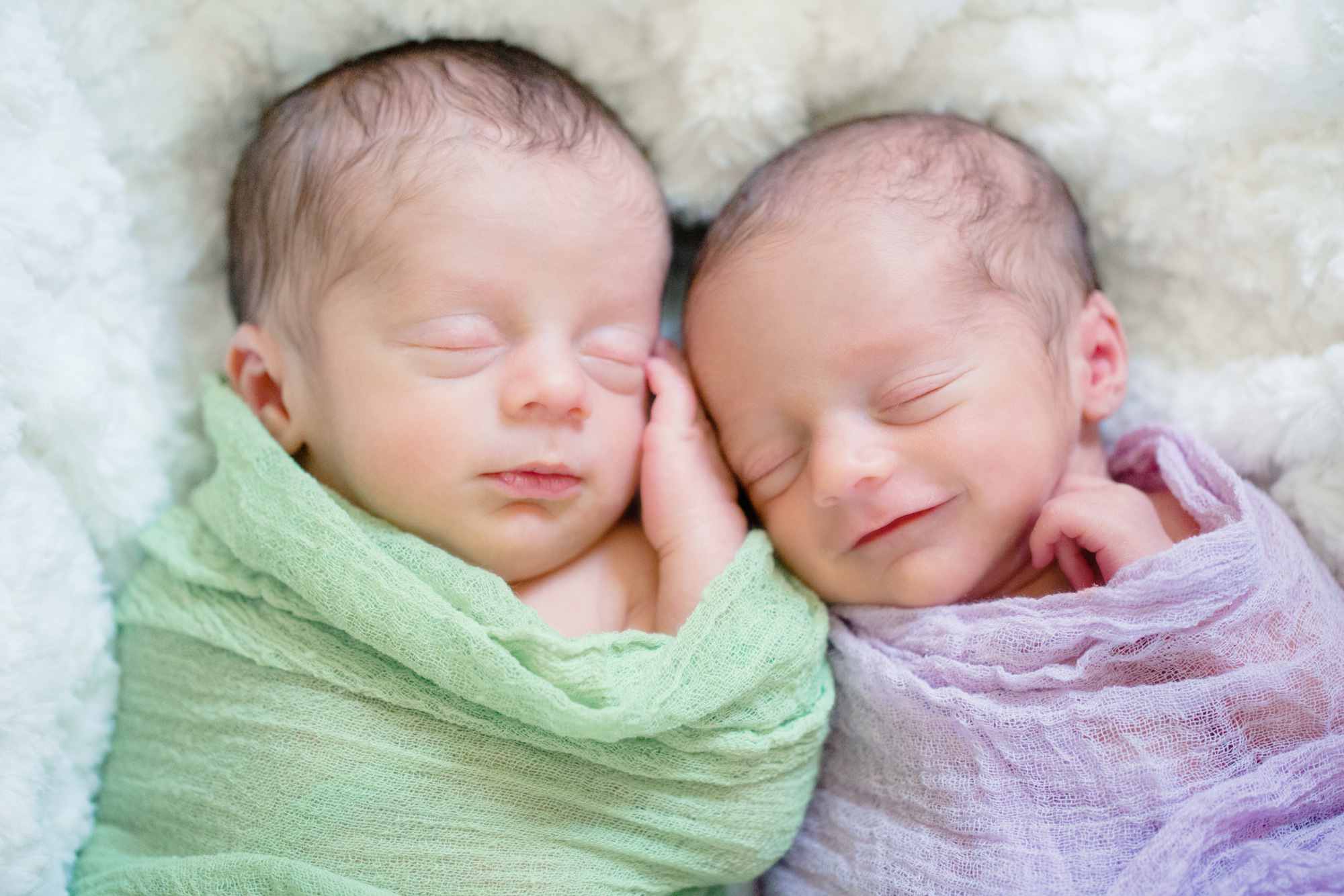
Twins or Triplets Delivery in Surrogacy - Multiple Embryo transfer Risk
Historically, multiple pregnancies were not uncommon with an in-vitro (IVF) cycle. The reason for this was straightforward. Due to the technology involved, for IVF to be successful, multiple embryos were often transferred at the same time increasing the chance of at least one embryo implanting in the uterine lining and resulting in a successful pregnancy. To compensate for lower rates of implantation for individual embryos and to achieve acceptable pregnancy rates, multiple embryos were transferred to each IVF patient. Consequently, IVF carried a higher chance of multiple pregnancies. From the start, however, the goal for IVF was to produce “a” pregnancy, and not necessarily to produce twins (or more). The desired outcome has always been, and remains, healthy pregnancy and delivery, and of course a healthy baby. Over time, though, intended parents building their families through assisted reproductive technology (ART) got used to the notion of having more than one baby at a time and even sought this out. The feeling was that twins could be viewed as “getting two for the price of one,” and saving time and money to grow their family this way. With the advances in technology, this has changed dramatically, particularly in the last few years — especially when it comes to recipients of embryos formed from donated eggs. Today, transferring more than one embryo is not recommended by the Indian Law, unless there is a clear medical reason to transfer two. The primary reason for this? Multiple pregnancies and multiple births create situations that carry both risk and expense.
Facts that intended parents and gestational surrogates who are tempted to “try for twins” should be aware of:COST:
One of the most common risks of carrying twins or triplets is premature birth. If, because of premature birth, babies require a stay in a neonatal ICU (NICU), the costs to the parents will be not only financial but also personal and emotional. Healthcare experts have estimated that medical costs for delivery and newborn care can be as much as four times greater for twins than for single babies. The amount increases to twelve times higher for triplets! Also, keep in mind, studies show the total cost of raising multiples is likely higher than the cost of raising the same number of singletons. Everyday items needed for a child will need to be purchased all at once in multiples which may be a financial burden (rather than, of course, re-using what you already have for your baby as your family grows).
COMPLICATIONS:
In addition to premature birth, the risks associated with multiple pregnancies include low birth weight (which can bring problems such as cerebral palsy, neural-tube defects like spina bifida, vision and hearing loss, and other developmental or neurological problems), intrauterine growth restriction, the need for Caesarean sections, pre-eclampsia, and a greater chance of gestational diabetes. While any pregnancy has risks, many risks are dramatically increased with twin births: Singleton deliveries are associated with a 9% risk of low birth weight, a 2% risk of very low birth weight, and a 14% risk of prematurity, while these same risks jump to 57%, 9%, and 65%, respectively, with twin births. The financial and emotional costs of caring for children with lifelong disabilities, if any result, may be high.
SELECTIVE REDUCTION:
When a surrogate finds herself carrying multiple fetuses (greater than twins), often physicians will recommend a selective reduction to reduce the number of fetuses to just one or two to increase the chances of a successful, full-term pregnancy and delivery of a healthy baby. But choosing to undergo a selective reduction may be an emotionally difficult decision for both intended parents and gestational surrogates — one that can be avoided by choosing a single-embryo transfer.
FASTER MATCHING:
Intended Parents who choose a single-embryo transfer generally get matched faster with a gestational surrogate. The fact is more and more gestational surrogates are requesting a single-embryo transfer; they are well-informed and understand the risks that come with multiples, and are often aware of the medical recommendation of ASRM for single embryo transfer (many mental health providers will discuss this in particular during the mental health evaluation). Additionally, even if willing to carry twins, not all gestational surrogates are approved by the treating physician to carry more than one. Keep in mind that because a gestational surrogate is by definition healthy and fertile, when two embryos are transferred the result frequently is multiple pregnancies. The good news is that as implantation rates have improved, the practice of transferring multiple embryos has been reassessed, and the emphasis has shifted to a close focus on the quality of embryos, the age of the egg provider, and the recipient’s age. In the end, ART parenting is willing to work with intended parents who are set on having twins —- as long as their fertility clinic is on board, and fully understand the overall risks versus the benefits.


